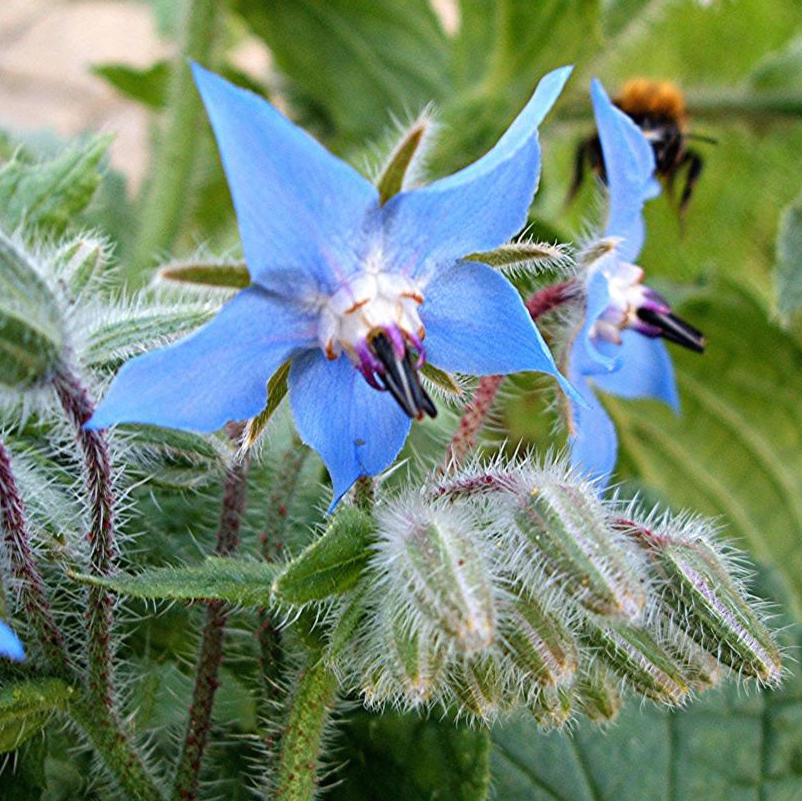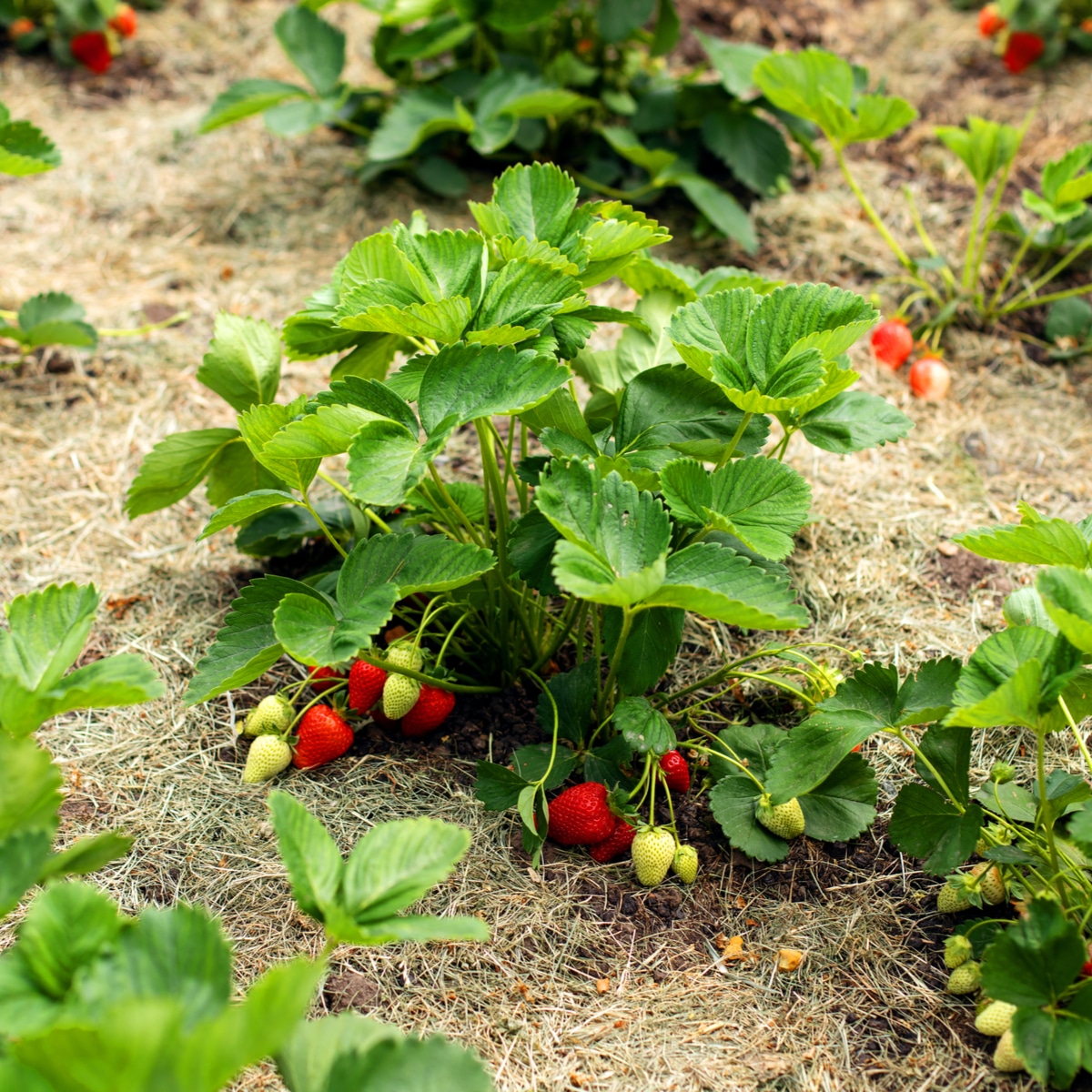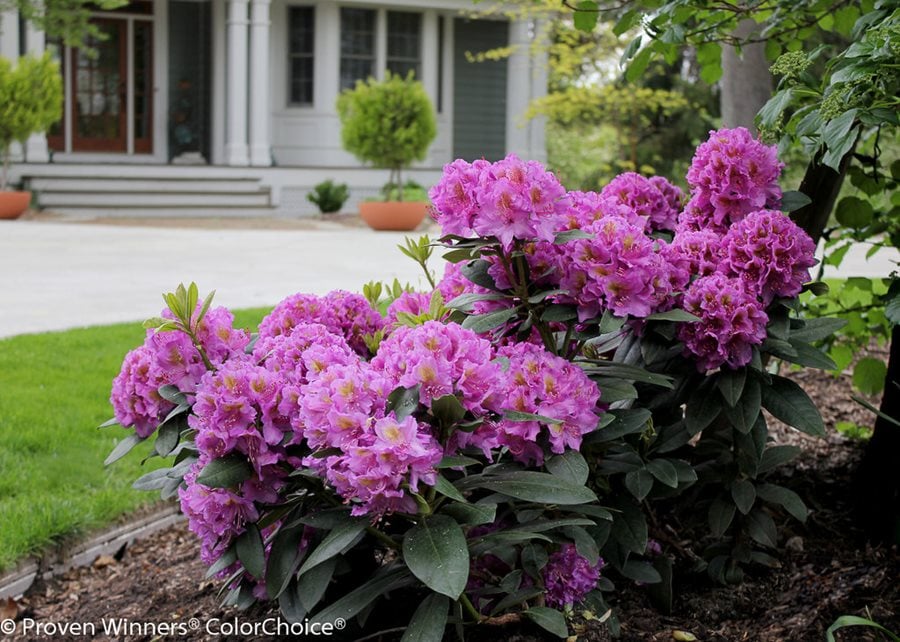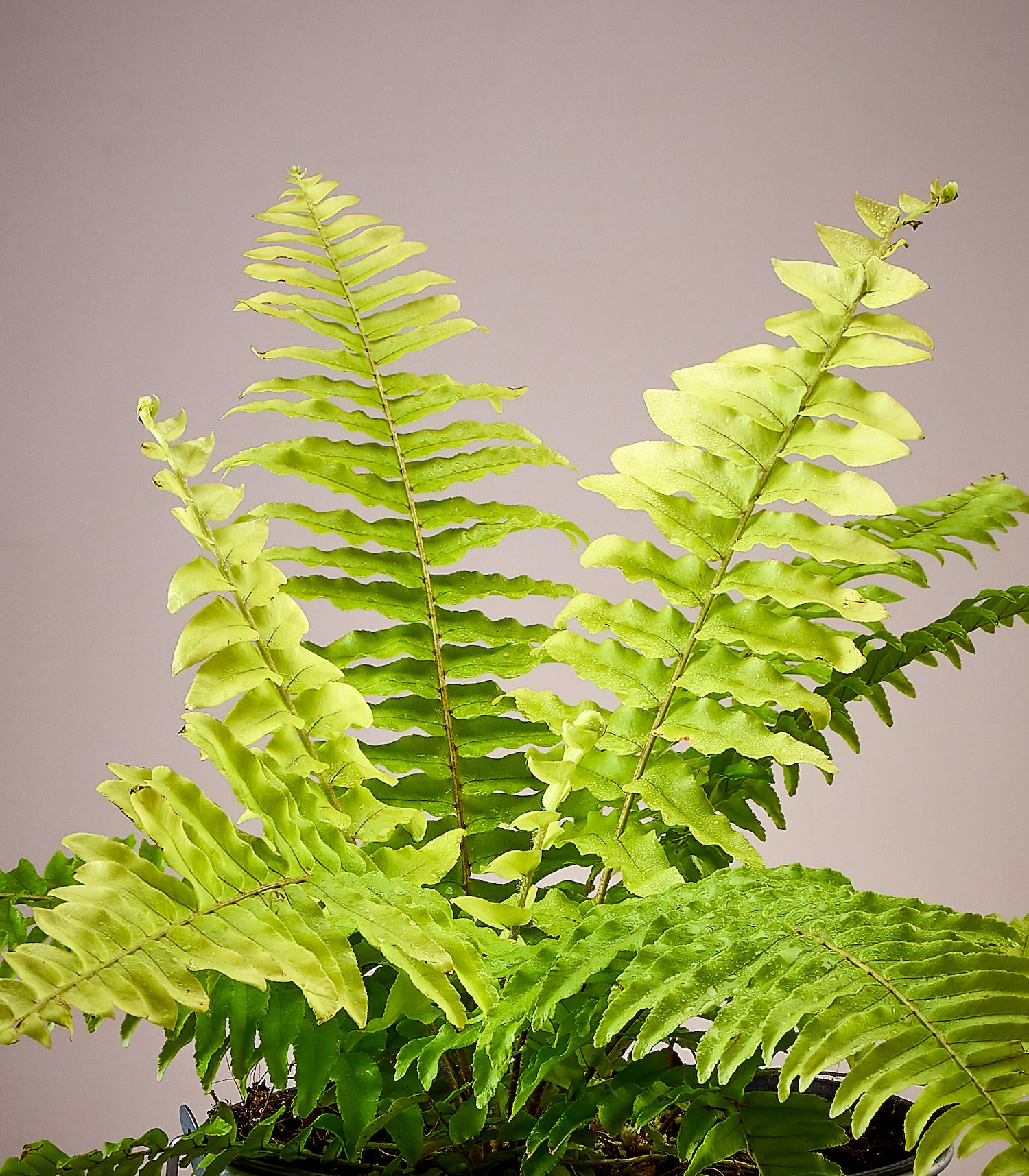The Ultimate Guide To Blueberry Companion Plants
The Ultimate Guide to Blueberry Companion Plants
Blueberries are a delicious and nutritious fruit that can be enjoyed fresh, frozen, or cooked. They are also relatively easy to grow, but there are a few things you can do to improve their yield and quality. One of the best ways to do this is to plant companion plants with your blueberries.
Companion planting is the practice of planting different types of plants together in order to benefit each other. There are many different companion plants that can be beneficial for blueberries, but some of the best include:
- Borage: Borage is a beautiful blue flower that is not only attractive, but it also attracts pollinators, which are essential for blueberry pollination. Borage also releases a compound called gamma-linolenic acid, which has been shown to improve the flavor of blueberries.

- Thyme: Thyme is another herb that attracts pollinators and also helps to repel pests. It also has a strong scent that can help to mask the smell of other plants that attract pests, such as cabbage and broccoli.
- Strawberries: Strawberries and blueberries have similar growing requirements, so they make good companion plants. They also help to improve the flavor of each other's fruits.

- Rhododendrons: Rhododendrons are acid-loving plants, just like blueberries. They also attract pollinators and help to improve the soil quality.

- Ferns: Ferns help to suppress weeds and improve the drainage of the soil, which can be beneficial for blueberries. They also provide shade, which can help to protect blueberries from the hot sun.

In addition to these specific plants, there are a few general principles that you can follow when choosing companion plants for blueberries. First, you want to choose plants that have similar growing requirements. Blueberries need acidic soil, so you want to avoid planting them with plants that prefer alkaline soil. You also want to choose plants that will not compete with blueberries for water or nutrients.
Second, you want to choose plants that will benefit each other. For example, borage attracts pollinators, which are essential for blueberry pollination. Thyme helps to repel pests, which can damage blueberries. And strawberries and blueberries help to improve the flavor of each other's fruits.
Finally, you want to choose plants that will add visual interest to your garden. Blueberries are beautiful on their own, but they can be even more stunning when they are surrounded by other attractive plants.
By following these principles, you can choose the best companion plants for your blueberries and improve their yield and quality.
If you're growing blueberries in your garden, you know that they're a delicious and versatile fruit. But did you know that there are certain plants that can help to improve the growth and productivity of your blueberry bushes? These are known as "companion plants," and they can provide a number of benefits, including:
- Attracting pollinators: Many companion plants attract pollinators, such as bees and butterflies, which can help to increase the pollination of your blueberry bushes. This will lead to a larger and more bountiful harvest.
- Suppressing weeds: Some companion plants can help to suppress weeds, which can free up your time and energy so you can focus on other tasks.
- Improving soil quality: Certain companion plants can help to improve the soil quality around your blueberry bushes, making it more nutrient-rich and acidic. This will help your bushes to thrive.
If you're interested in learning more about blueberry companion plants, I recommend visiting Gardenia Inspiration. This website has a wealth of information on the topic, including a list of recommended companion plants, as well as tips on how to plant and care for them.
FAQ of blueberry companion plants
1. What are companion plants for blueberries?
Companion plants are those that benefit each other when planted together. For blueberries, some of the best companion plants include:
- Evergreens: Evergreens help to protect blueberries from the wind and cold, and they also provide a source of food for pollinators.
- Dogwood trees and shrubs: Dogwood trees and shrubs help to improve the soil drainage around blueberries, and they also provide a source of shade.
- Rhododendron and azalea: Rhododendron and azalea are acid-loving plants, just like blueberries, so they can help to create a favorable growing environment.
- Heather: Heather is a low-growing plant that helps to suppress weeds around blueberries, and it also provides a source of nectar for pollinators.
- Thyme: Thyme is a fragrant herb that helps to repel pests from blueberries, and it also adds flavor to blueberries when they are cooked.
2. What should I not plant near blueberries?
There are a few plants that should not be planted near blueberries, as they can compete for nutrients or water, or they can attract pests. These plants include:
- Eggplants: Eggplants are heavy feeders, so they can compete with blueberries for nutrients.
- Cabbage: Cabbage is susceptible to the same pests as blueberries, so planting them together can increase the risk of pest infestation.
- Beets: Beets can produce a chemical that can stunt the growth of blueberries.
- Tomatoes: Tomatoes are susceptible to the same diseases as blueberries, so planting them together can increase the risk of disease spread.
- Asparagus: Asparagus can produce a chemical that can inhibit the growth of blueberries.
3. What are the benefits of planting companion plants with blueberries?
There are several benefits to planting companion plants with blueberries. These include:
- Improved pollination: Some companion plants, such as clover, can attract pollinators, which can help to improve the pollination of blueberries.
- Suppression of weeds: Some companion plants, such as thyme, can help to suppress weeds around blueberries.
- Improved soil drainage: Some companion plants, such as evergreens, can help to improve the soil drainage around blueberries.
- Protection from pests and diseases: Some companion plants, such as garlic, can help to repel pests and diseases from blueberries.
4. How far apart should companion plants be planted from blueberries?
The distance between companion plants and blueberries will vary depending on the size of the plants. However, as a general rule, companion plants should be planted at least 2 feet away from blueberries.
5. What is the best time of year to plant companion plants with blueberries?
The best time of year to plant companion plants with blueberries is in the spring or fall. This will give the plants time to establish themselves before the growing season begins.
Post a Comment for "The Ultimate Guide To Blueberry Companion Plants"